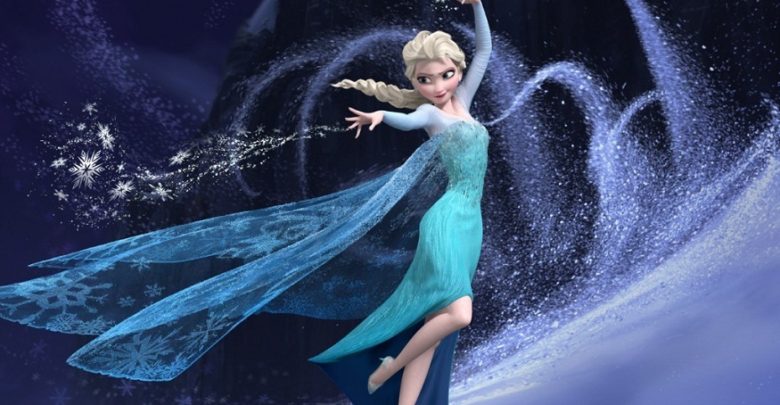The History of the Anime Industry

Free anime streaming permits individuals to see their preferred anime whenever, anyplace, however, hardly any ones realize where did all these begin.
Japanese movement, otherwise called anime (articulated “ani-may”), is a mainstream type of activity in Japan which is rapidly spreading in the U.S. The significant distinction among anime and American kid’s shows is that it is not normal for American kid’s shows, which are just viewed by youngsters, anime is well known among the Japanese grown-ups and is viewed by millions. The crowd isn’t only coordinated to kids yet to teenagers and grown-ups also.
Japan started delivering liveliness in 1917—still the period of quiet movies—through experimentation drawing and pattern movement procedures, in light of vivified shorts from France and the United States. Individuals began discussing the high caliber of Japanese “manga films.” But Japanese anime were costlier to deliver than Western movements and were eclipsed by the prevalence of Disney kid’s shows. They confronted a difficult task from the beginning.
During World War II the whole Japanese country was assembled. Around 1940, numerous associations for specialists and visual artists were shaped. Among them were the New Cartoonists Association of Japan (Shin Nippon Mangaka Kyokai) and the New Cartoonists Faction Group (Shin Mangaha Shudan). During that time, the administration utilized the couple of outstanding illustrators, who were not prohibited from working or who were not in the military, to impact the individuals through their fine art by making funny cartoons loaded up with publicity to use against the country’s foes.
After World War II, a youthful hopeful craftsman named Osamu Tezuka turned into a visual artist and discharged his first work Shin Takarajima (referred to in English as “New Treasure Island”). As a kid, Tezuka was an obsessive aficionado of Walt Disney’s initial liveliness. Many were dazzled by Tezuka’s unique style. Be that as it may, it was not until Tezuka discharged his definitive work Tetsuwan Atomu (Astro Boy) that he made progress; he was articulated “the Father of Manga and Anime”.
When Tezuka became well known in the business, he figured out how to build up his creation organization in 1962. He framed Mushi Productions, where he discharged his best work, Astro Boy. With Astro Boy, Many perceived Tezuka’s unique style and approach that was new to the whole business. The style of his representations and characters originated from French and German film. His characters detonated with life and feeling, and his accounts would unfurl themselves on several pages. By 1963, Astro Boy crossed worldwide outskirts and was debuted on NBC stations everywhere throughout the US was as yet fruitful with American crowds.
However with all the achievements Tezuka gets, he frequently admits that funnies are his “better half” and activity is his “escort.” (Schodt 160). In 1973, two years after Roy Disney kicked the bucket, Mushi Productions failed. Be that as it may, Tezuka still makes funnies and activities with another organization. A portion of his works incorporate Buddha, Hi no Tori (Phoenix), and one of his later works, Black Jack, which is about a fugitive specialist. Other than funnies and movement, Tezuka is a licensed doctor with a clinical degree from Osaka University’s College of Medicine. That would most likely clarify why a large number of his works “are portrayed by their humanism and regard forever… [and] regularly have a logical or clinical twist.” (Schodt 160)
Later on, different specialists came to take a portion of the spotlight, for example, Akira Toriyama, Rumiko Takashi, Hayao Miyazaki, Isao Takahata, and numerous others. Miyazaki, who works for Studio Ghibli, is one of the most popular and most regarded anime specialists of today. You can watch their work through free anime streaming.




